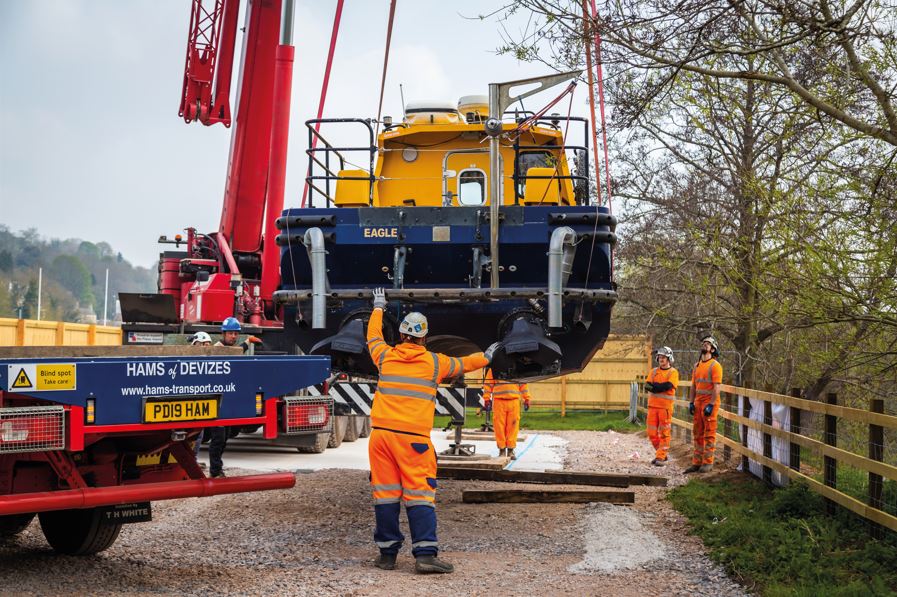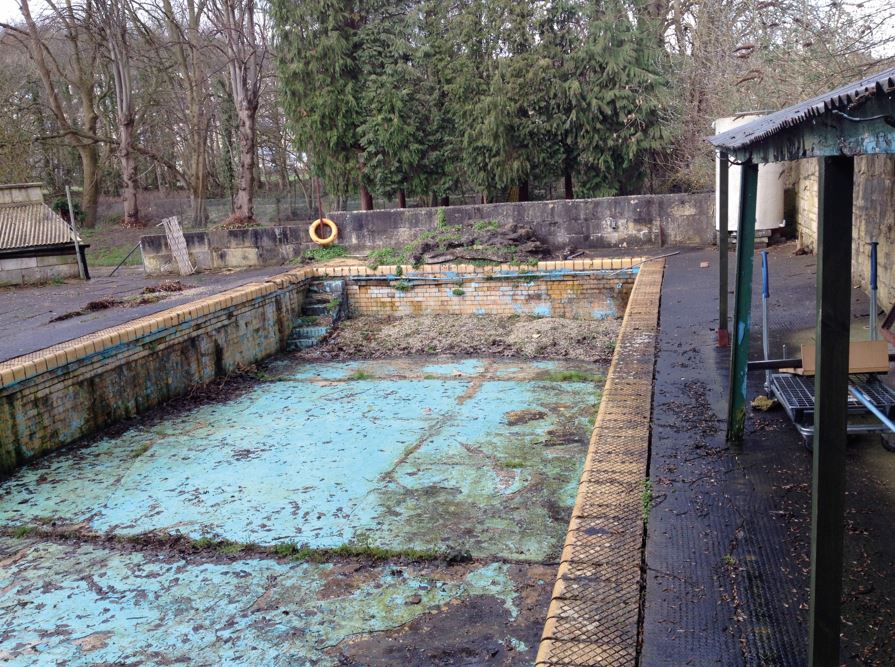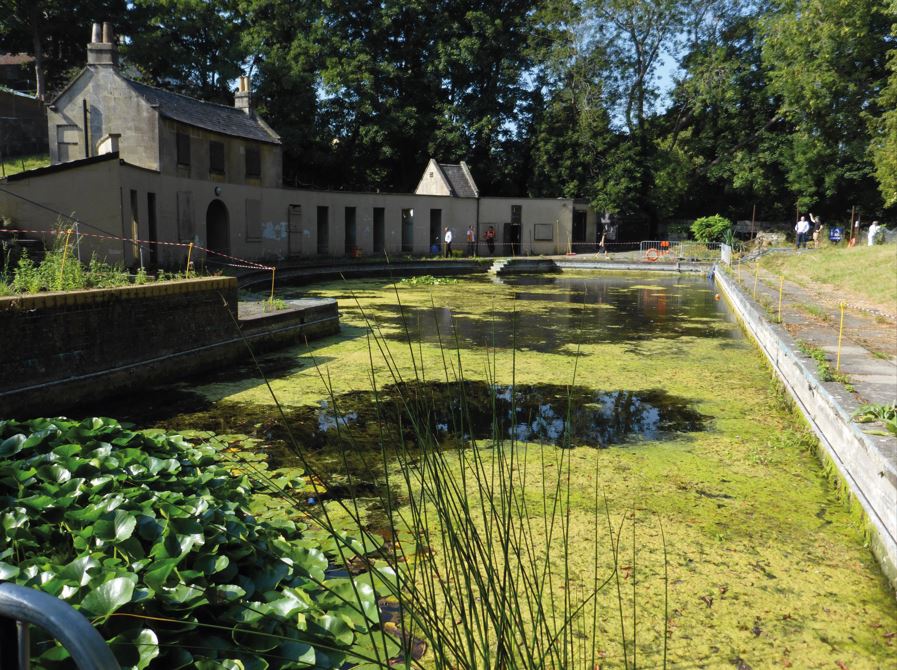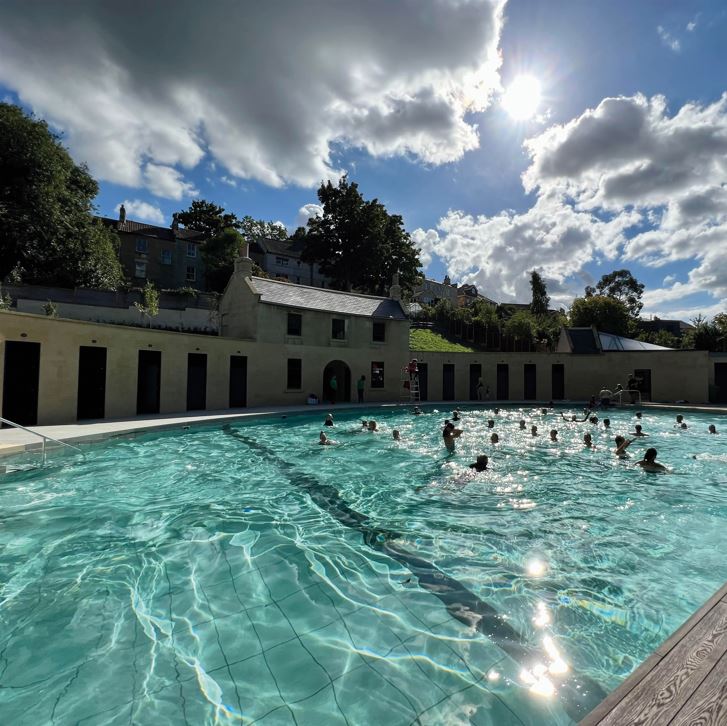
Exploring how contractors have addressed significant logistical challenges to restore the UK’s oldest outdoor public pool to its former glory
The UK’s oldest public outdoor swimming pool reopened last month after nearly 40 years and a £6m revamp. Cleveland Pools in Bath was first built in 1815 as a river-fed pool, but closed in 1984 following the opening of the indoor Bath Sports and Leisure Centre. For a short time it was used as a trout farm, but was threatened with demolition as an alternative to repair. In 2003 Bath and North East Somerset Council, which owned the site, put it up for sale and it was added to the English Heritage Buildings at Risk Register. But, thanks to the determination of three local people, Ann Dunlop, Janice Dreisbach, and Roger Houghton, the Cleveland Pools Trust (CPT) was formed in 2004 to rescue the site from dilapidation. And, in 2006, its listed building status was raised from II to II* as the pools were considered ‘particularly important… of more than special interest.’
Rising from the ashes
Thousands of supporters from far and wide have since joined the campaign and in 2014 funding was received from the Heritage Lottery Fund and the council to develop designs and a viable business plan for its redevelopment. A further £4.7m of Lottery funding was allocated in 2018, with the trust raising the remaining £1m to cover the total cost of the works; with further funding awarded in 2020 due to increased construction costs encountered during the COVID-19 pandemic. To be operated by Fusion Lifestyle, the development includes a pontoon which will help visitors access the site from the River Avon and will also enable the operator to run a water source heat pump, which will heat the pool to 28 degrees in a more-energy-efficient way than the traditional gas-fired boilers used in most lidos. The work was carried out by Beard Construction alongside Donald Insall Architects and involved the creation of a new crescent-shaped concrete main pool within the footprint of the original structure, which has been preserved beneath it.
Meeting the challenges
Drainage crates were then installed to allow natural spring water to continue to flow into the listed pool and around the shell of the new one. The existing children’s pool walls were temporarily held in place while the team excavated out the base to construct the waterproof, below-ground plantroom which is now home to the pool filtration equipment, along with the hi-spec water source heat pumps. And a refreshment kiosk and seating area is housed above the plantroom. Curving around one length, the original Georgian changing rooms and a central cottage with archway have been made structurally safe, restored, stripped of centuries of paint back to their original Bath stone, and reroofed in Welsh slate – some of which was reclaimed from the original roofs. Cleaning of the original stone also revealed the numbers above the doors of each of the 12 historic changing rooms, which have been retained as part of the new development. Mark Tregelles, project manager at Beard, said: “Not only were we putting in a reinforced waterproof concrete shell for the pool and building an underground plantroom, but we were also putting in pilings for a new bridge into the present building – and all of this on a sloping site right next to a river. “Our only access on the actual site was a 1.2m-wide passageway in the middle of a housing estate where we were not allowed to bring any materials through.”
Barging in
This logistical challenge led to the opening of a temporary site compound at the nearby Avon Rugby Club, from where machinery, building materials, equipment, and everything else required to carry out the major refurbishment work was loaded onto barges and carried by river to the site. Tregelles said: “This was a big undertaking as we had to review river flows and there were a lot of outside constraints you would not normally think about, but we had to do to make this project work.” Anna Baker, project director at The Cleveland Pools Trust, added: “The rugby club compound was as important as the main site for making the restoration happen. “All materials came to the compound and were craned onto the barge and taken to the pools, and the same in the opposite direction with any construction waste. “You are used to having materials coming to site in one go, but we were moving them one at a time and each item was handled four or five times before reaching its final location.” The barge was also limited to carrying five tonnes of material per trip and made around six trips a day – navigating around everything from pleasure craft to the canoeists and kayakers who shared the river. Another challenge for the project team was bringing the concrete onto the site. As the only material which was allowed to be brought through the narrow access corridor, more than 150m of piping was needed, which was run down slopes and around multiple corners to the pool.
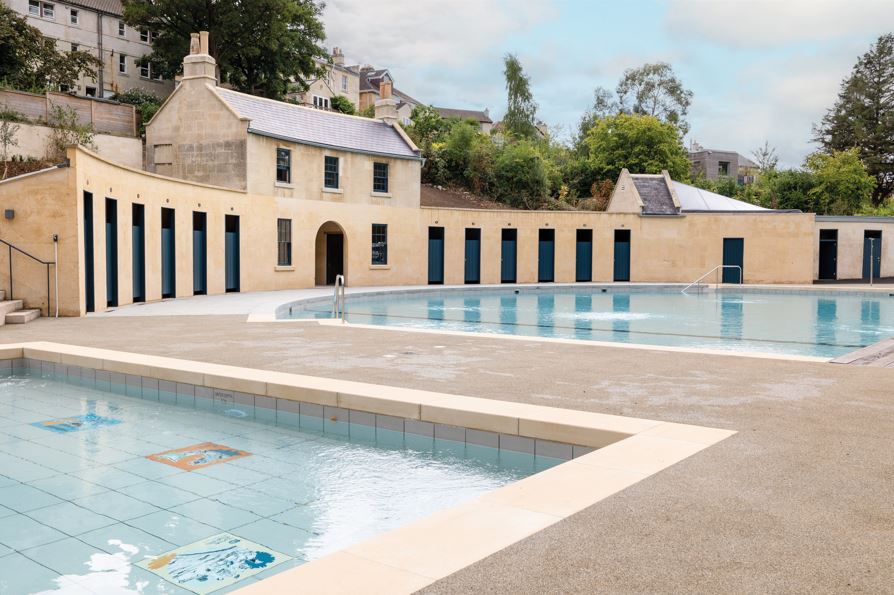
Planning ahead
“The amount of planning when you are using a waterproof concrete mix to make sure that after all those twists and turns it retains its normal structural characteristics is huge,” said Tregelles. He added: “This has been a rare opportunity to restore a heritage building to its original use. “Although logistically challenging, the overriding theme of this project has been collaboration. “Having access only by river has really tested our initiative, getting materials in and out of the project, but also in the method of construction, given the limited plant and equipment that we could get to the site. “Overall, it has been an honour to breathe new life into an historic landmark which can now be enjoyed for generations to come.” Baker concludes: “I am proud to have played a part in a restoration that many didn’t believe was possible. “It’s been complex and very challenging, but it has also been unique – the project of a lifetime. “It has been a real privilege to work on such a community-driven undertaking and I have especially enjoyed taking this from a community heritage scheme to a project which engages with wellbeing, culture, sustainable energy, and the natural environment.” The project and supply team also included Edmond Shipway, Pennys Group, Welsh Slate, and JCT Intermediate.
